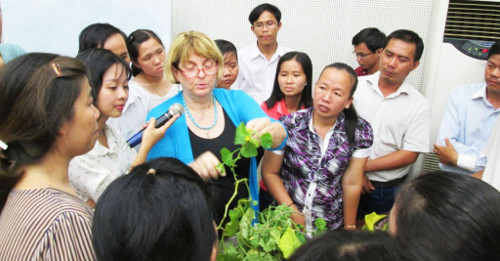Advances in Virus Research, Volume 95, 2016
Applied Energy, Volume 161, January 01, 2016
Capacity planners in developing countries frequently use screening curves and other system-independent metrics such as levelized cost of energy to guide investment decisions. This can lead to spurious conclusions about intermittent power sources such as solar and wind whose value may depend strongly on the characteristics of the system in which they are installed, including the overall generation mix and consumption patterns.
World Development Perspectives, Volume 2, 2016
We examine human displacement among indigenous tribal conservation refugees—the Sahariya—recently displaced from a wildlife sanctuary in central India. We focus on human displacement's mental health toll as well as the displacement-related changes that help explain such emotional suffering. To do so, we compare individuals relocated from the core of the sanctuary to those allowed to remain in their villages inside the sanctuary's buffer zone. The drawing of the sanctuary boundary—and thus also the assignment of villagers to relocation versus remaining in the buffer zone—was capricious.
Elsevier Connect, January 2016
Partner content
Current Opinion in Insect Science, Volume 12, 1 December 2015
Strategies are urgently required to ensure long term maintenance of current levels of global insect diversity. Yet insect diversity is huge and immensely complex, with many species and individuals making up an important part of compositional and functional biodiversity worldwide. As only a fifth of all insects have been scientifically described, we have the task of conserving largely what is unknown. Inevitably, this means that there are various challenges and shortfalls to address when we aim to future-proof insect diversity.
Sustainable Cities and Society, Volume 19, December 2015
The elevated air temperature of a city, urban heat island (UHI), increases the heat and pollution-related mortality, reduces the habitats' comfort and elevates the mean and peak energy demand of buildings. To countermeasure this unwanted phenomenon, a series of strategies and policies have been proposed and adapted to the cities. Various types of models are developed to evaluate the effectiveness of such strategies in addition to predict the UHI. This paper explains the compatibility of each type of model suitable for various objectives and scales of UHI studies.

